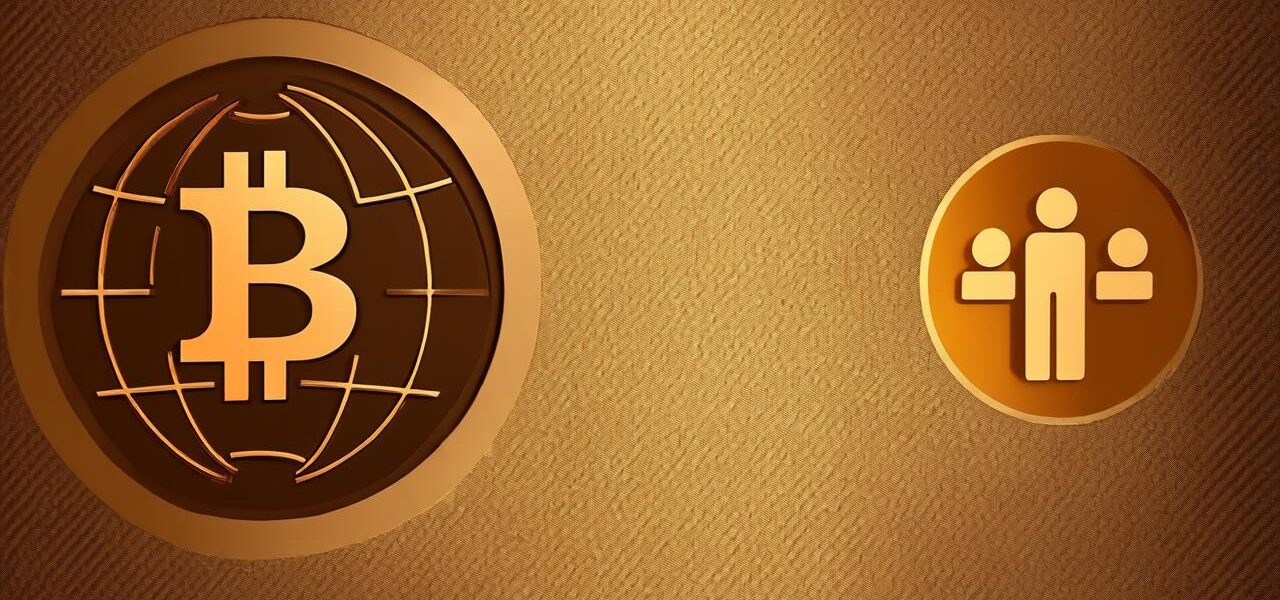
Can Blockchain Technology Drive Progress Toward Sustainable Development Goals?
Introduction
Blockchain technology is a distributed ledger that allows for secure, transparent, and decentralized transactions. In recent years, blockchain has gained significant attention for its potential to solve complex problems across various industries.
One such industry is sustainable development, where blockchain can play a crucial role in driving progress toward the Sustainable Development Goals (SDGs).
Challenges Faced in Achieving Sustainable Development Goals
The SDGs are ambitious and challenging to achieve, especially given the interconnected nature of the issues they address. Some of the challenges faced in achieving these goals include:
- Lack of funding and resources: The SDGs require significant investment and resources to be achieved effectively. However, many countries lack the necessary funding and infrastructure to support sustainable development initiatives.
- Corruption and inefficiencies: Corruption and inefficiencies in governance can undermine progress toward the SDGs. Transparent and accountable systems are essential for ensuring that resources are used efficiently and effectively.
- Data gaps and lack of transparency: Achieving the SDGs requires accurate and reliable data, as well as transparency in decision-making processes. However, many countries lack the necessary infrastructure to collect and analyze data, and there is often a lack of transparency in government decision-making.
How Blockchain Technology Can Help Drive Progress Toward Sustainable Development Goals
Despite these challenges, blockchain technology offers a promising solution for driving progress toward sustainable development. Some ways that blockchain can help include:
- Enhancing transparency and accountability: Blockchain technology is inherently transparent and can provide a tamper-proof record of transactions. This makes it an ideal tool for addressing corruption and inefficiencies in governance, which are significant barriers to achieving the SDGs.
- Improving data collection and analysis: Blockchain can help improve data collection and analysis by providing a secure, decentralized platform for storing and sharing information. This can help address data gaps and lack of transparency, which are essential for achieving the SDGs.
- Facilitating sustainable supply chains: Blockchain technology can be used to create sustainable supply chains that ensure ethical sourcing and responsible production. By providing a transparent record of the entire supply chain, blockchain can help prevent fraud and abuse, and promote sustainability.
- Supporting renewable energy and carbon offsets: Blockchain technology can also be used to support renewable energy and carbon offset initiatives. By providing a secure, transparent platform for tracking and verifying emissions reductions, blockchain can help incentivize sustainable practices and support the transition to a low-carbon economy.
Real-Life Examples of Blockchain Technology in Sustainable Development
There are already many real-life examples of blockchain technology being used in sustainable development. Here are a few:
- The World Food Program (WFP) has launched a pilot program that uses blockchain technology to track food aid distributions and prevent fraud. This program has already saved the WFP $110 million in costs and ensured that more food aid is reaching those who need it most.
- The International Coffee Organization (ICO) has developed a blockchain-based platform for tracking coffee production and ensuring sustainable practices. This platform provides farmers with access to information about best practices, markets, and pricing, and helps ensure that coffee is produced in an environmentally responsible manner.
- The Energy Web Foundation has launched the Energy Web Platform, which uses blockchain technology to facilitate peer-to-peer energy trading and support renewable energy initiatives. This platform allows households and businesses to sell excess solar and wind energy back into the grid, helping to reduce dependence on fossil fuels and promote sustainability.
Conclusion
Blockchain technology has the potential to play a significant role in driving progress toward sustainable development goals. By enhancing transparency and accountability, improving data collection and analysis, facilitating sustainable supply chains, and supporting renewable energy and carbon offset initiatives, blockchain can help address many of the challenges faced in achieving these goals. As more organizations embrace blockchain technology, we can expect to see significant progress toward a more sustainable future.
FAQs
1. What are some specific ways that blockchain technology can be used in sustainable development?
a. Blockchain technology can be used to create transparent and accountable systems, improve data collection and analysis, facilitate sustainable supply chains, and support renewable energy and carbon offset initiatives.
2. Are there any real-life examples of blockchain technology being used in sustainable development?

a. Yes, there are many real-life examples of blockchain technology being used in sustainable development, including tracking food aid distributions, ensuring sustainable coffee production, and facilitating peer-to-peer energy trading.



